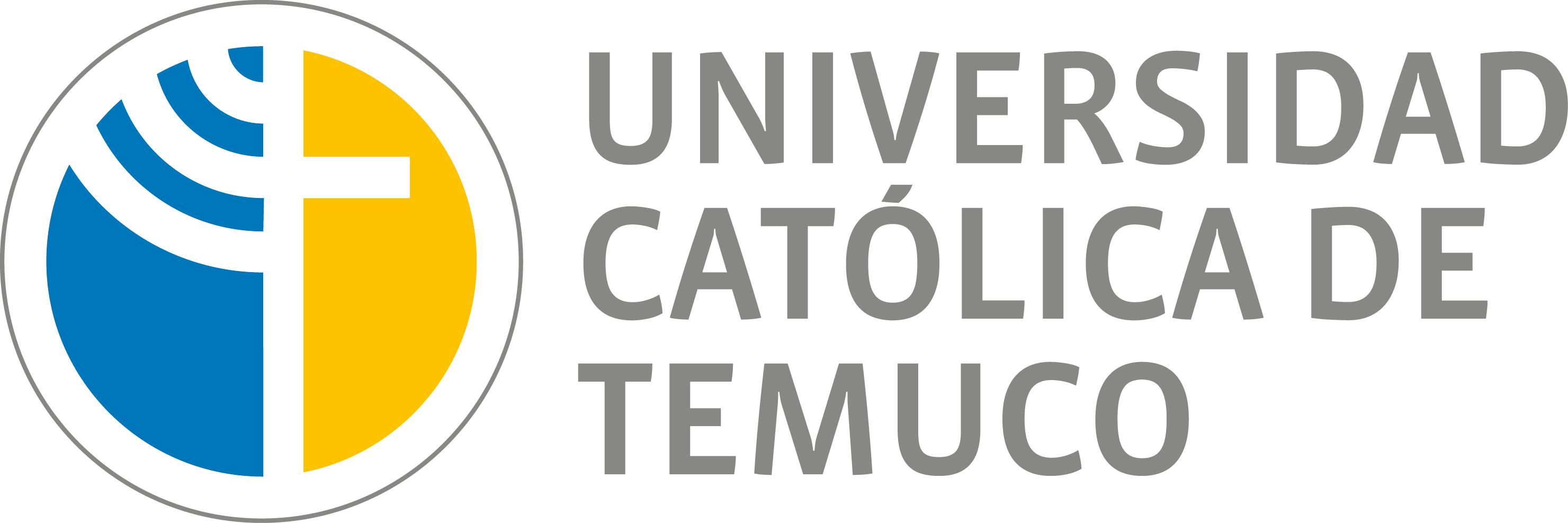Communities and authorities have been dismayed by globally recorded tailings storage facility (TSF) failures in recent years, which have negatively affected the safety of people and the integrity of the environment. In this context, obtaining the social and environmental license to operate TSFs has become a challenging process for mining companies. This has promoted the trend of using mine tailings dewatering technologies in the mining industry, with dry stacking of filtered mine tailings being recognized worldwide as one of the most acceptable, safe, and environmentally friendly solutions. This article presents a new paradigm in managing mine tailings, with disruptive and futuristic characteristics, considering the dry stacking of filtered mine tailings for large-scale industrial production rates over 100,000 metric tons per day (mtpd). Aspects of filtered tailings management are discussed, such as (i) dewatering process plant with thickening/filtering equipment, (ii) conveyance using fixed and movable conveyor belts, (iii) construction of dry stacking of filtered mine tailings facility, and (iv) implementation of Industry 4.0 technologies for automation of the mining processes. Finally, the article discusses how the large-scale filtered mine tailings solution is applied, considering the advances in the equipment’s performance and implementation of Industry 4.0 technologies as well as the experience gained worldwide in several mining operations. The future global trend is that mining operations with high daily production of mine tailings will apply dry stacking technology without dams to guarantee sustainability, promote continuity of the mining business, ensure the safety of communities, and conserve the environment.
